Results
-
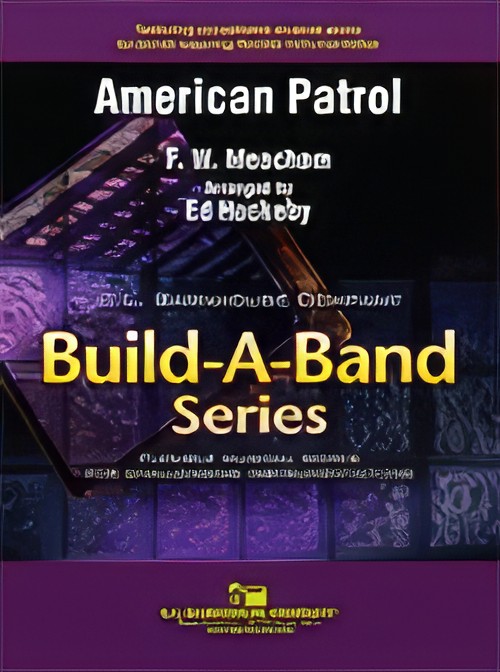 £60.00
£60.00American Patrol (Flexible Ensemble - Score and Parts) - Meacham, Frank W. - Huckeby, Ed
Ed Huckeby's band arrangement of American Patrol has been a favourite of band directors for many years. Now he has taken that arrangement and adapted it for the Barnhouse Build-A-Band Series so that very small bands can sound great performing this timeless classic. Playable by any instrumentation as long as the five basic parts are covered, it also includes optional percussion parts to add to the fun. A real winner!Duration: 2.00
Estimated dispatch 7-14 working days
-
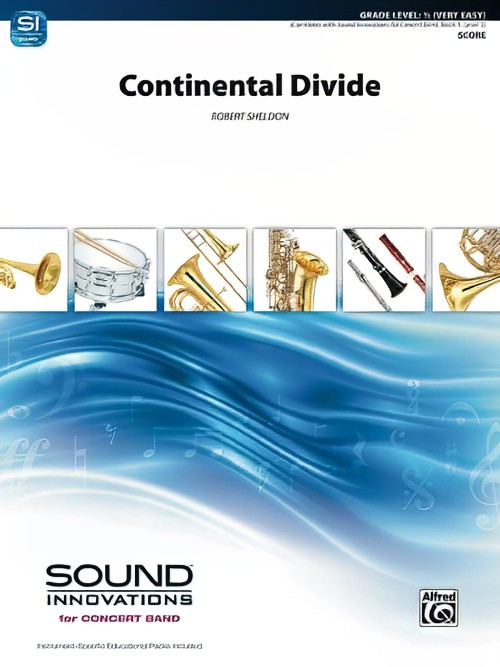 £48.95
£48.95Continental Divide (Concert Band - Score and Parts) - Sheldon, Robert
The bold opening statement and tuneful themes make Continental Divide the perfect concert opener for any young band concert. Although very accessible, it still includes varying styles and allows every section in the band an opportunity to play the melody. Using only seven notes, this impressive piece can easily be played during the first few months of teaching.Duration: 2.00
Estimated dispatch 7-14 working days
-
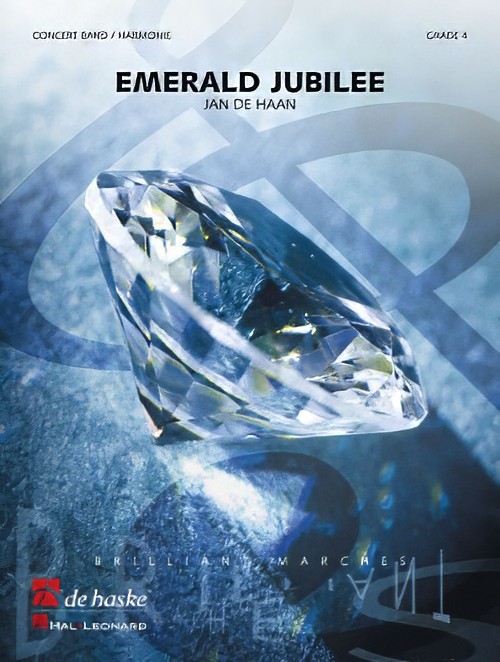 £89.99
£89.99Emerald Jubilee (Concert Band - Score and Parts) - De Haan, Jan
An Emerald Jubilee celebrates a 40th anniversary. Jan de Haan composed this colourfully orchestrated concert march to celebrate Will van der Beek's 40th anniversary as conductor of the Deutsche Musikverein Haaren. As publisher of van der Beek's transcriptions of classical works Jan de Haan can look back on many years of successful collaboration with the knowledge that there will be many more to come. Unusually cast in a minor key, the main theme provides an interesting contrast to the more melodic major key of the second movement. The relatively slow theme gives this march a dignified stately and subdued quality.Duration: 2.45
Estimated dispatch 7-14 working days
-
 £106.99
£106.99Flowerdale (from Hymn of the Highlands) (Piccolo Trumpet Solo with Concert Band - Score and Parts) - Sparke, Philip
for Bb Piccolo Trumpet or Eb Cornet/TrumpetThe seven-movement suite (originally written for brass band), Hymn of the Highlands was commissioned by David King and the Yorkshire Building Society Band and provides a series of themed movements which can act as a half-concert featuring a band's soloists. Flowerdale is one of the solo movements.Duration: 4.00
Estimated dispatch 7-14 working days
-
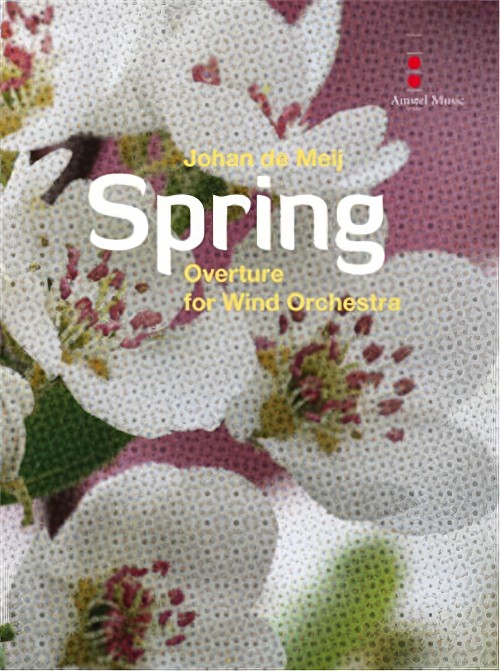 £180.00
£180.00Spring (Concert Band - Score and Parts) - De Meij, Johan
This overture recounts the magical re-awakening of Spring's arrival in Sweden with the help of two Swedish folk songs. A melancholic, haunting song is first heard from afar as various instruments from different locations in the concert hall echo the solitary female voice. A soulful melody gradually transforms to a polka-like variant that gradually builds into the joyful main theme. The score contains valuable notes from the composer on how various effects and placement of musicians throughout the space can enhance Spring's performance. Duration: 10.45
Estimated dispatch 7-14 working days
-
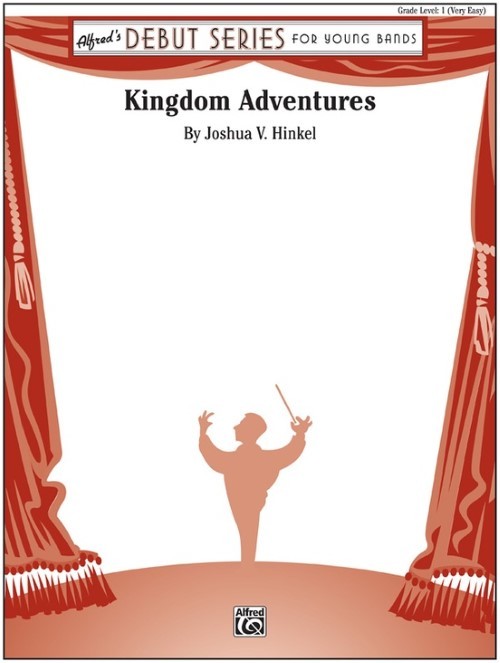 £41.50
£41.50Kingdom Adventures (Concert Band - Score and Parts) - Hinkel, Joshua
We can all recall family adventures and outings throughout our childhood that led us to enchanting and magical places where the impossible came to life and reality seemed like only a distant memory. Kingdom Adventures is an exciting composition that portrays the youthful spirit of exploring a magical kingdom, and reminds us of the careless wonders and experiences that highlight the memories of childhood. As you enter the kingdom, the majestic walls protect the stoic castle that stands in the midst of the kingdom. Inside the castle, every twist and turn of the castle's hallways offers the possibility of something amazingly new and exciting. One cannot help but to be transported into another place and time as they experience all that the magical kingdom has to offer!Duration: 2.15
Estimated dispatch 7-14 working days
-
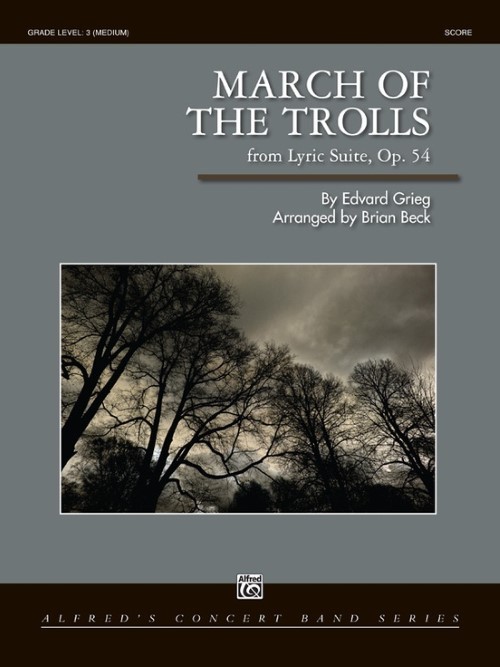 £79.50
£79.50March of the Trolls (Concert Band - Score and Parts) - Grieg, Edvard - Beck, Brian
Edvard Grieg (1843-1907) is best known for his eternally popular Piano Concerto in A Minor, as well as more than 150 songs and 66 lyric pieces. March of the Trolls is from his Lyric Pieces, Op.54. Trolls are a constant theme in Norwegian folklore and can be viewed as the equivalent of our "boogie man." Far to the north in Norway where the winter storms whip the weather-beaten coasts, you will find dark forests with moonlit lakes, deep fjords surrounded by mighty snowcapped mountains, and long rivers and cold streams cascading down the mountain sides. This is where you might find the irritable, short- tempered trolls coming out of their hiding places after sunset, marching to wreck havoc on unsuspecting Norwegian households.Duration: 3.45
Estimated dispatch 7-14 working days
-
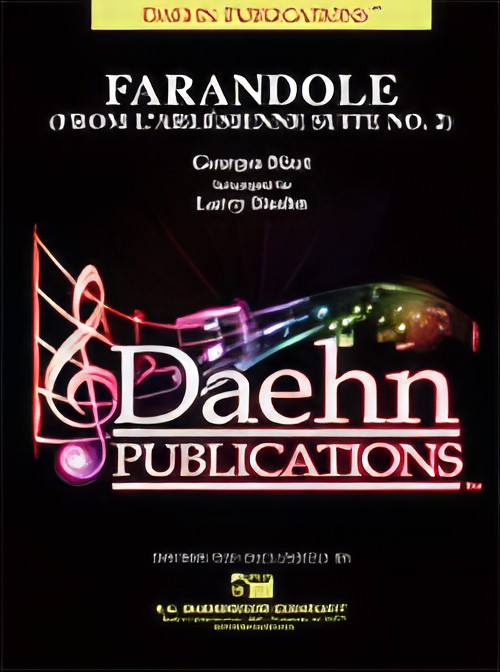 £76.00
£76.00Farandole (from L'Arlesienne Suite No.2) (Concert Band - Score and Parts) - Bizet, Georges - Daehn, Larry
Farandole is the happy combination of Provencal folk dances and the old French carol March die Rei (March of the Kings). Audiences love a piece where they can't keep their toes from tapping. This famous music has been a concert favourite for over a century. Popular at Christmas - or any time! Duration: 3.30
Estimated dispatch 7-14 working days
-
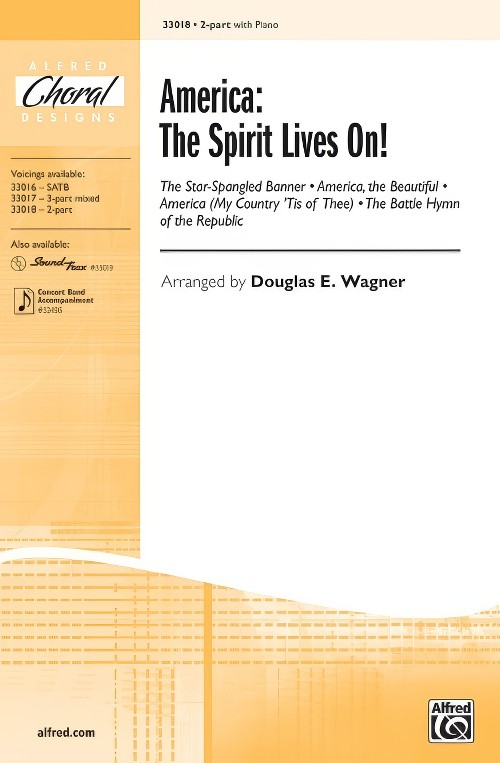 £1.95
£1.95America: The Spirit Lives On! (2 Part Choral Octavo) - Wagner, Douglas E.
Your whole music department can celebrate America with this stirring 4-minute choral medley with optional concert band accompaniment. A patriotic tour de force. Duration: 4.30
Estimated dispatch 7-14 working days
-
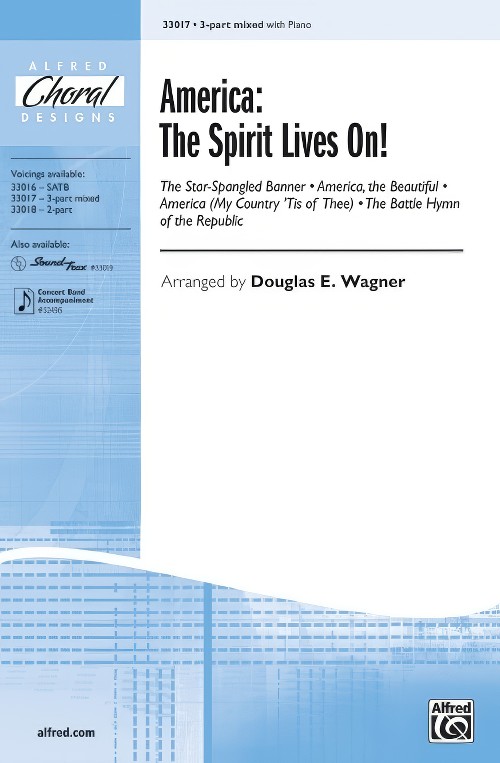 £1.95
£1.95America: The Spirit Lives On! (3 Part Mixed Choral Octavo) - Wagner, Douglas E.
Your whole music department can celebrate America with this stirring 4-minute choral medley with optional concert band accompaniment. A patriotic tour de force. Duration: 4.30
Estimated dispatch 7-14 working days
